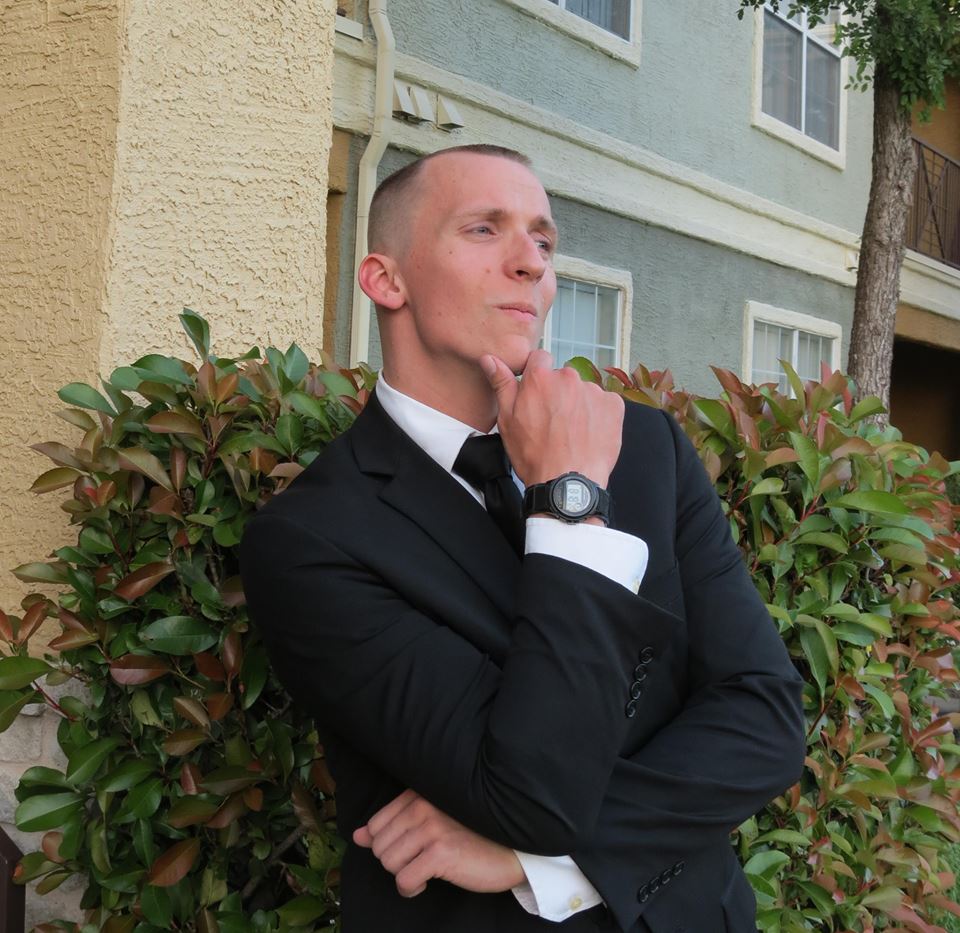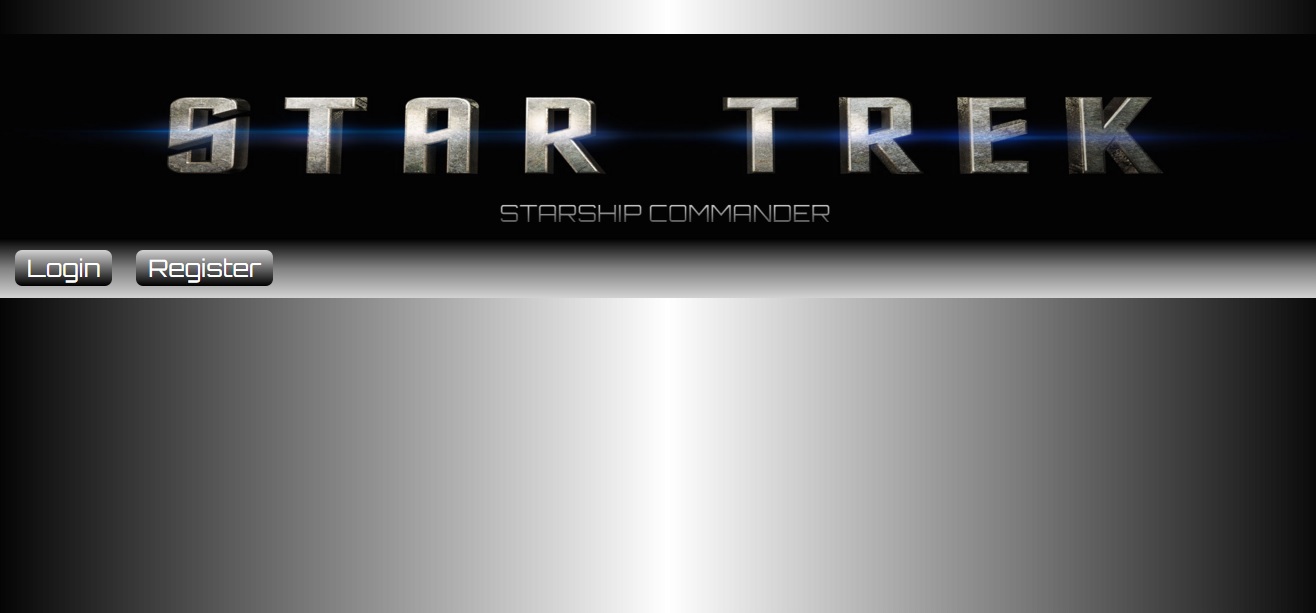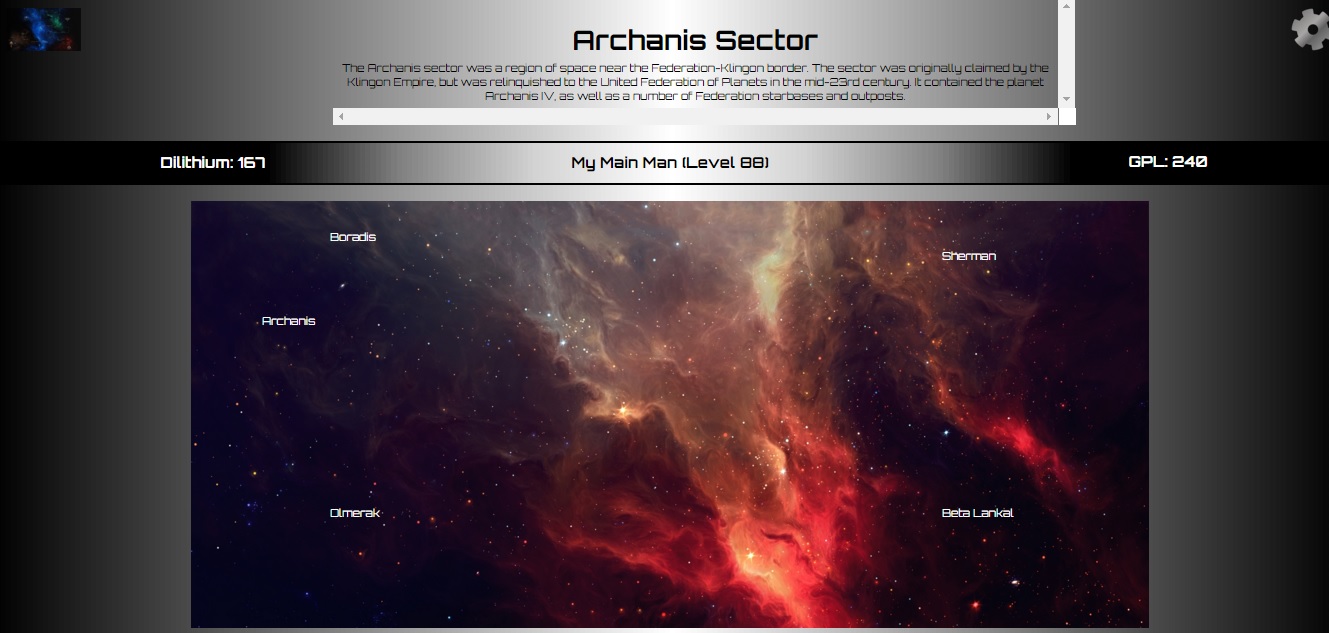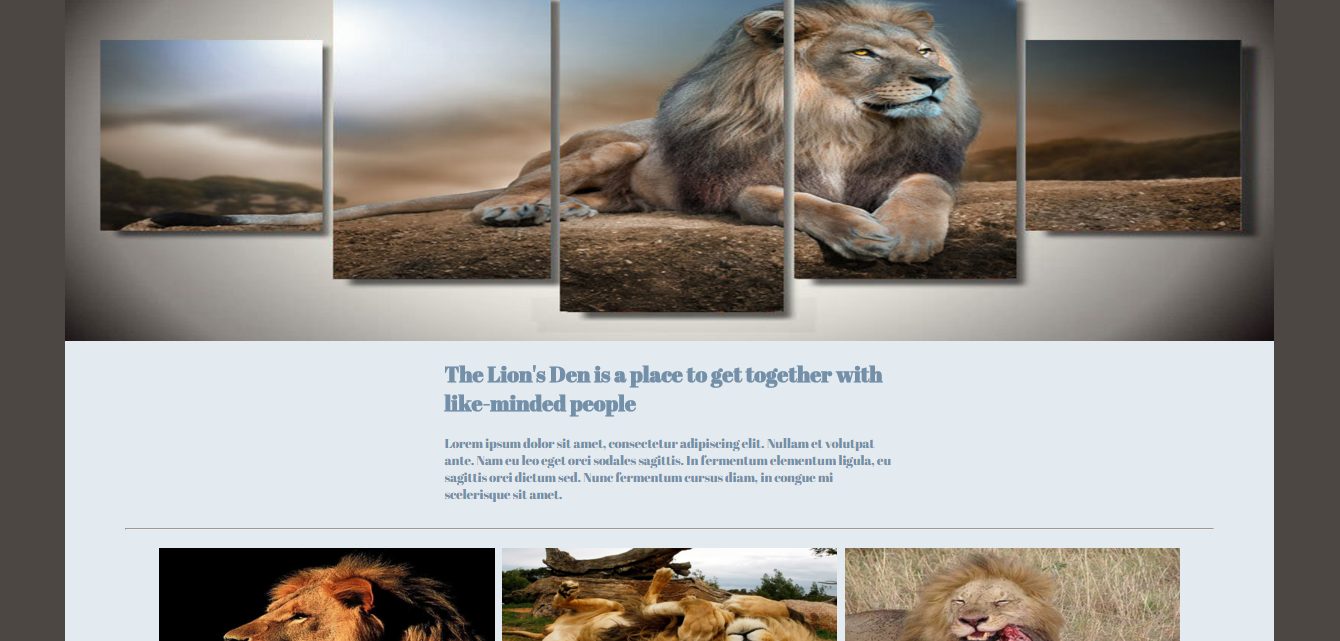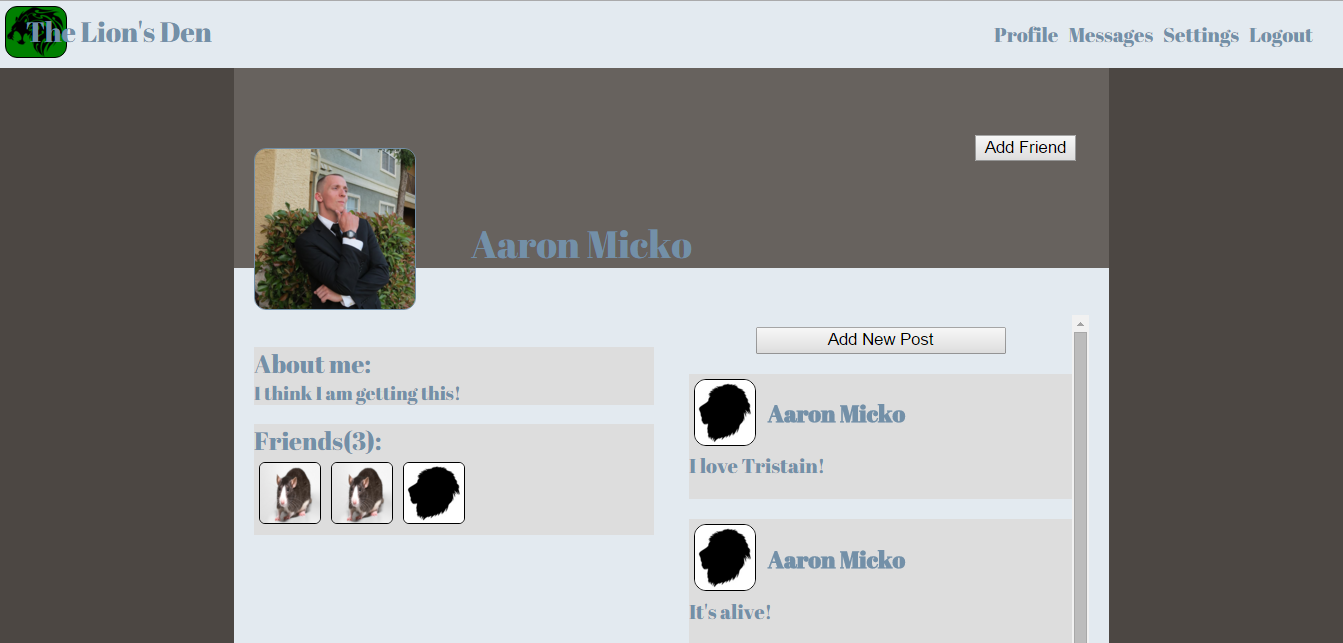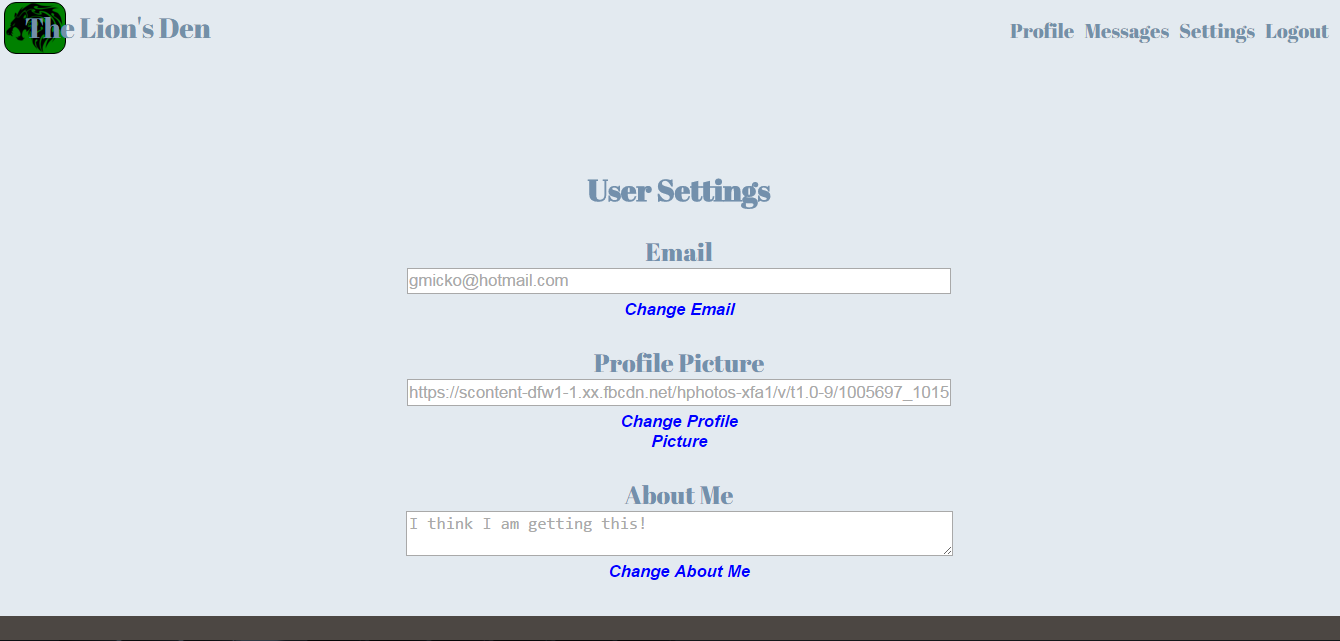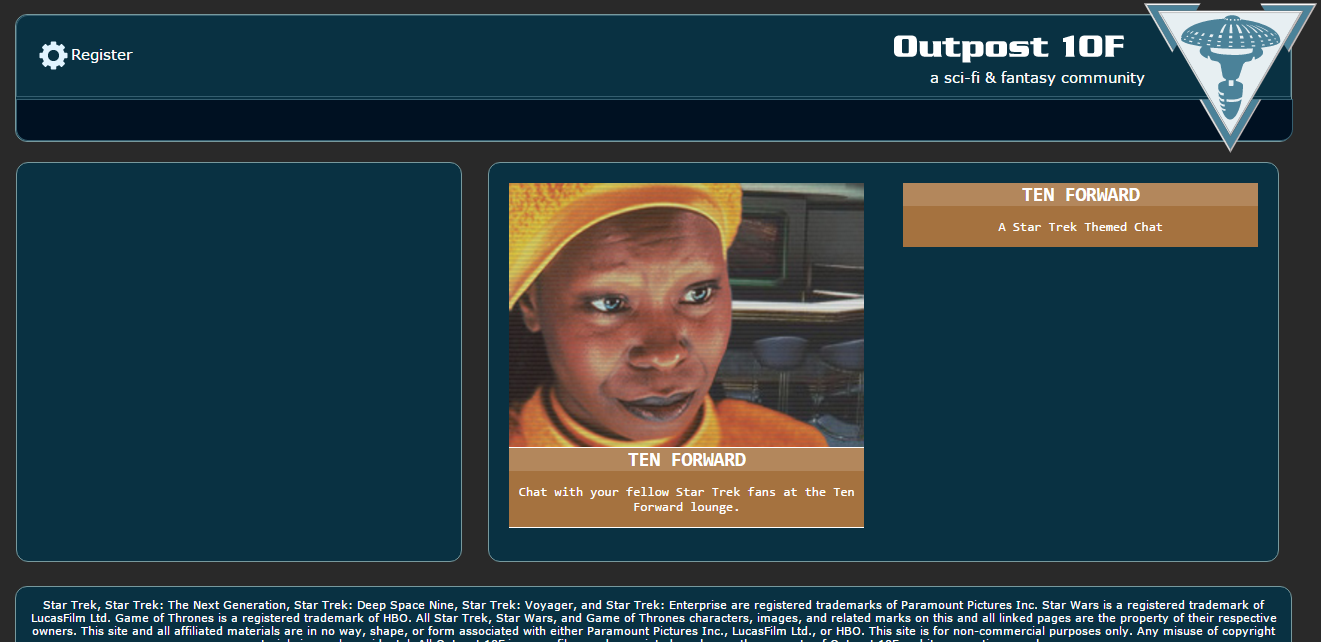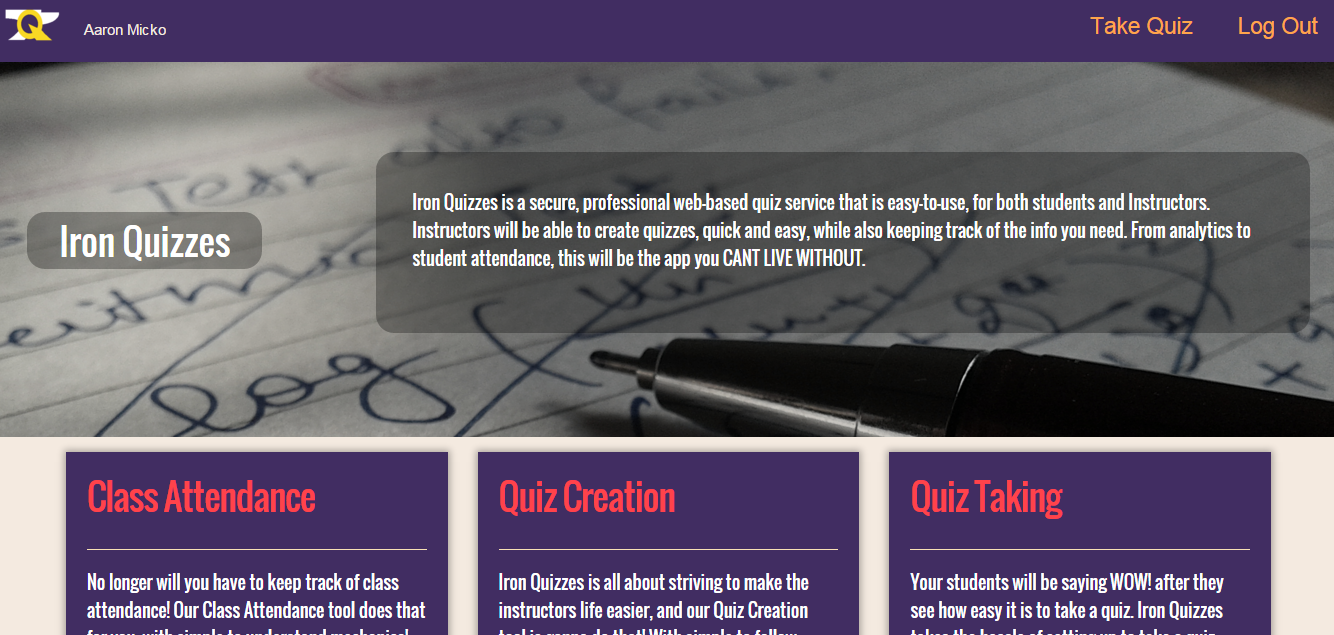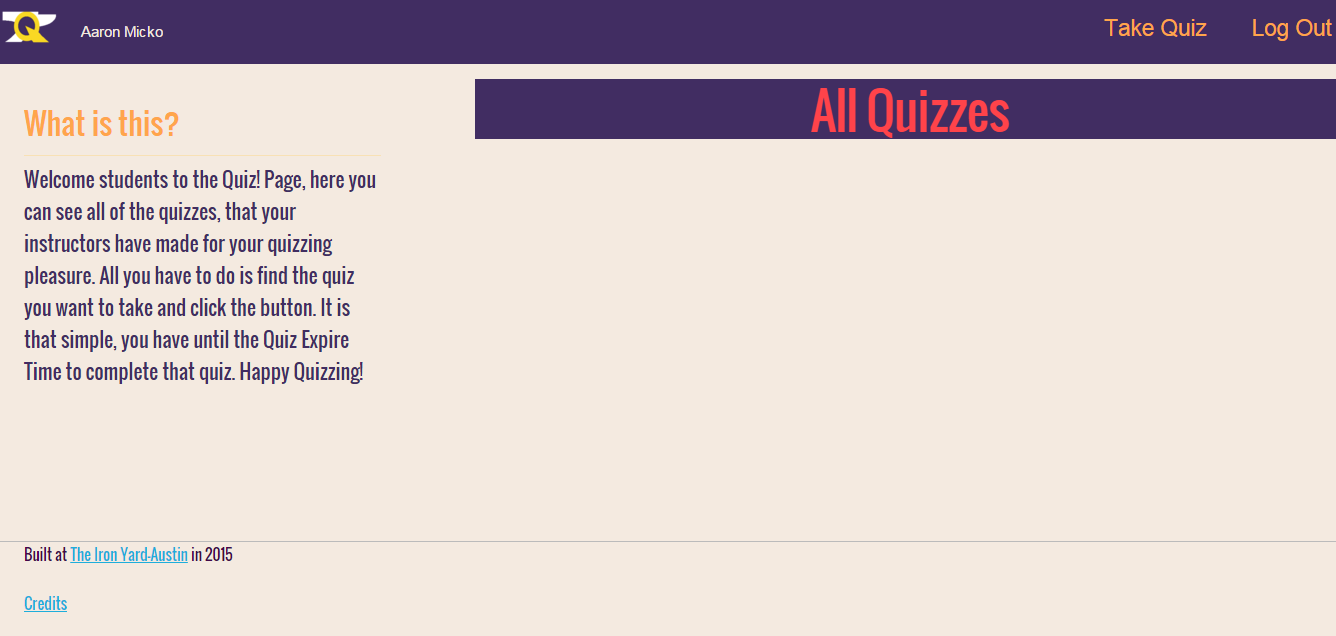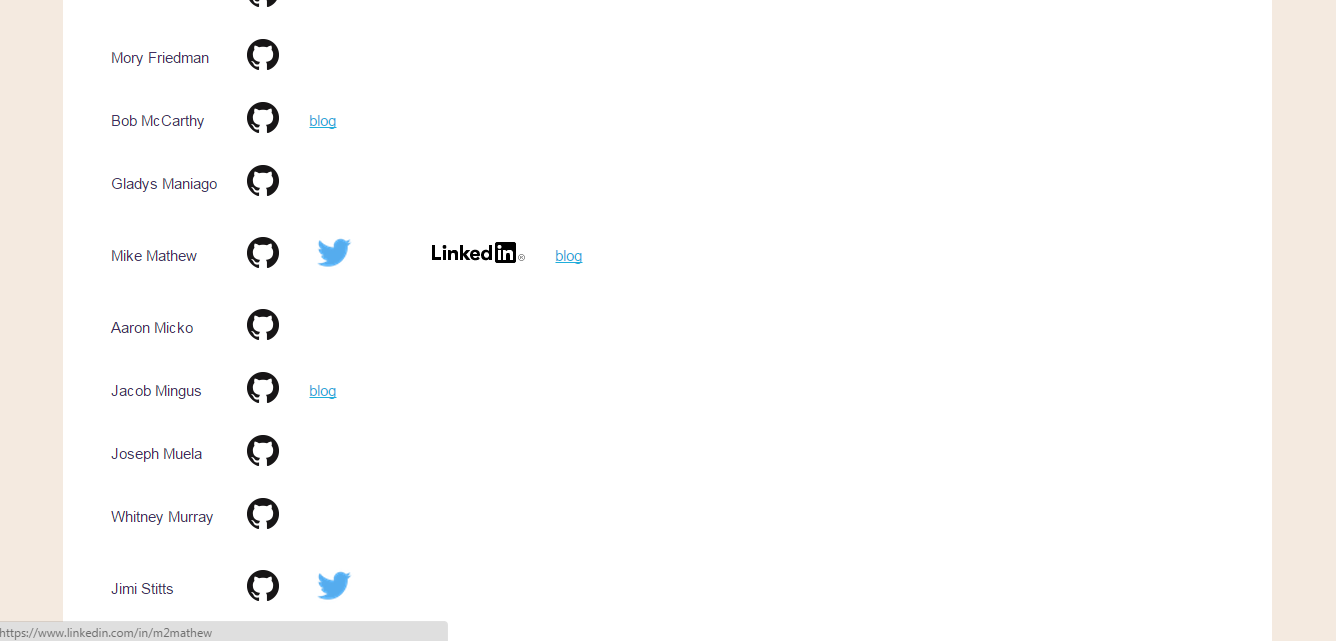About Me
Welcome! My name is Aaron Micko. I am a Front-End Engineer, recently graduated from the Iron Yard in Austin, Texas. Over the course, which lasted twelve weeks, we covered, in depth the following:
- HTML
- CSS, with SASS
- Frameworks/Libraries (React, Backbone, jQuery, Node)
- Git/Github
- Git Build Tools(Grunt, Gulp
- Agile Development Methodology
- MVC architectural methods
- Responsive Design
- Asynchronous programming
The links provided will explain my process in building the related projects, along with the libraries and frameworks used.
The Game
When I was a kid, my grandfather introduced me to a TV show called Star Trek. It's mission was simple, but powerful: To explore strange new worlds, to seek out new life and new civilizations. To boldly go where no one has gone before. Never before or since has something so perfectly captured the essence of my heart.
Star Trek is a TV show with action and science, but it is so much more than that. It is about discovering the world around you, and learning more about yourself. It is about always striving to be better than you were yesterday. That is what ultimately led me to programming.
In this field, I can make a better world and a better future one line of code at a time.
Star Trek: Starship Commander is a text-based browser game, where you will take the Captain's chair. You will command an upgradeable starship. You will lead a customizable staff of senior officers. You will explore those strange new worlds in a dynamic galaxy that changes as you level up. You will seek out new life and new civilizations in story-driven missions. You will boldly go where no one has gone before.
The process
I started by building out the wireframe, and writing out the datatables and their information. Following that, I built out the framework of the game, then did the basic styling. Once the their was something to look at and a working navigation system, I began the more complex queries that would create, display, and change the users' information. Finally, once the game mechanics worked together, i went back and added the more advanced styling.
The libraries
For this project, I used Backbone for the navigation, and React for everything else in the coding. For the back-end, I used Parse. For the styling, I used CSS with SASS.
The Lion's Den
Social Networks make up much of what most people interact with via electronic devices on a daily basis, myself included. So the idea of building one myself has held an allure for me for some time.
In building one, I would not only get something new and interesting to add to my portfolio, but it would give me a deeper understanding as to how social networks work. Which is exactly what it did. Building this was a lot of fun, as I worked out some concepts in coding that I had not entirely grasped before, like a friend system, or a notification system.
The process
I wanted this site to come out a bit cleaner and interact more efficiently with the user. So I decided to use React.js for this project. It has been a little while since I built the Browser Game and I now know a great deal more about the inner workings, and asynchronous timing of React.
I started with the homepage as the launching platform for the rest of the site, and I decided to fully flesh out the page before moving on to the rest of site's functionality. I got a lot of experience working with the styling and color palette.
The libraries
For this project I used React.js for the client side and Parse for the back-end.
The Chatroom
When I was much younger, and still a relatively new fan to Star Trek, I stumbled upon a Star Trek chatroom. It was called Outpost 10 Forward, and was one of the preimminent scifi websites during the nineties and early 2000s. There, you could create an account in their Star Trek, Star Wars, or Lord of the Rings realms and chat with other like fans. the site was so famous, they regularly had celebrities coming online to role play as famous Scifi characters.
It also offered unique features on their site. Every user had a rank, which they could improve with active participation and good behavior. Each rank increased your access to the site with more basic html and css, access to the armory(a site feature in itself which gave you the ability to protect the site from those who would try to abuse it), and webpages only availabe to certain ranks. As you increased in rank, you were also promoted to better site positions and given teams of other users to lead in improving the site itself.
It was because of this site that my initial interest in programming started. When I saw other users putting in html and css and creating pictures, and different colors in their chat messages I wanted to do that too. I wanted to help the website by making improvements to the code. However, I didn't know how. So I began learning.
The process
I decided I wanted to recreate some of what I saw at the site, namely the chat feature itself. I did that to see if I could, after all that I learned, make the very site that drew me to programming all thos eyears ago.
I felt that jQuery offered the most versatile library to work with in what I wanted to do, and then added connections to a Parse server to store the messages themselves.
The libraries
For this project, I used jQuery for the client side, and for the back end I worked with Parse.com.
Iron Quizzes
"Iron Quizzes is a secure, professional web-based quiz service that is easy-to-use, for both students and Instructors. Instructors will be able to create quizzes, quick and easy, while also keeping track of the info you need. From analytics to student attendance, this will be the app you CANT LIVE WITHOUT."
Iron Quizzes is a website in which a user can create a profile to create quizzes which can then be given online to students, broken down by which class they are a part of. It allows teachers to keep track of attendance, grades, and skill aptitude.
The process
This project was undertaken as a group in the class setting at Iron Yard. We followed the Agile methodology. First, we established the user stories, which were broken down in to associated code features by story. We then estimated the necessary time to complete each feature. Each student was paired and each pair then had the choice as to which feature they would begin working on, based on their skill level and amount of time required to complete the feature.
My partner and I decided to take an especially difficult and large feature, because we wanted the challenge and because the skills gained in finishing the feature would go a long way toward our final project work. In this case, the item we chose was the quiz completion screen, which queried the quiz results based on the student who had taken the quiz. The code also queried the quiz questions. It then compared the student's answers to the quiz correct answers and determined which answers were correct or incorrect, marking them as such for the student to follow. Finally, the code tallied the number of correct answers and provided a total score, which was then sent to the quiz analytics screen.
The libraries
For this project, we used the React and Backbone libraries, SASS preprocessor, and Parse.com for our backend.
